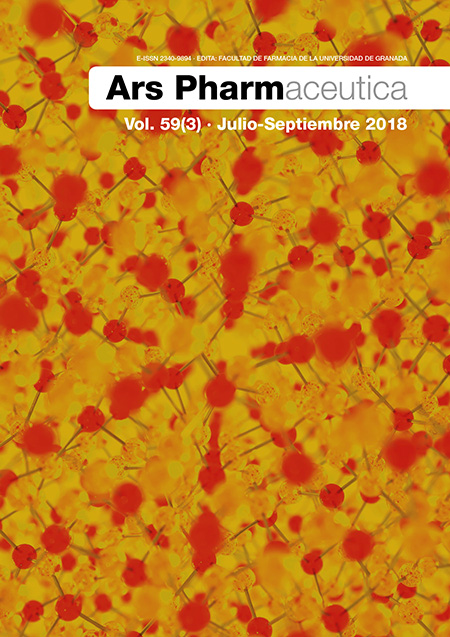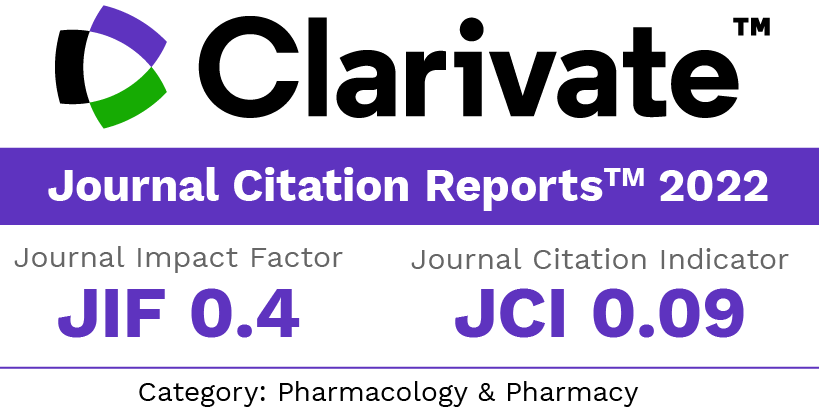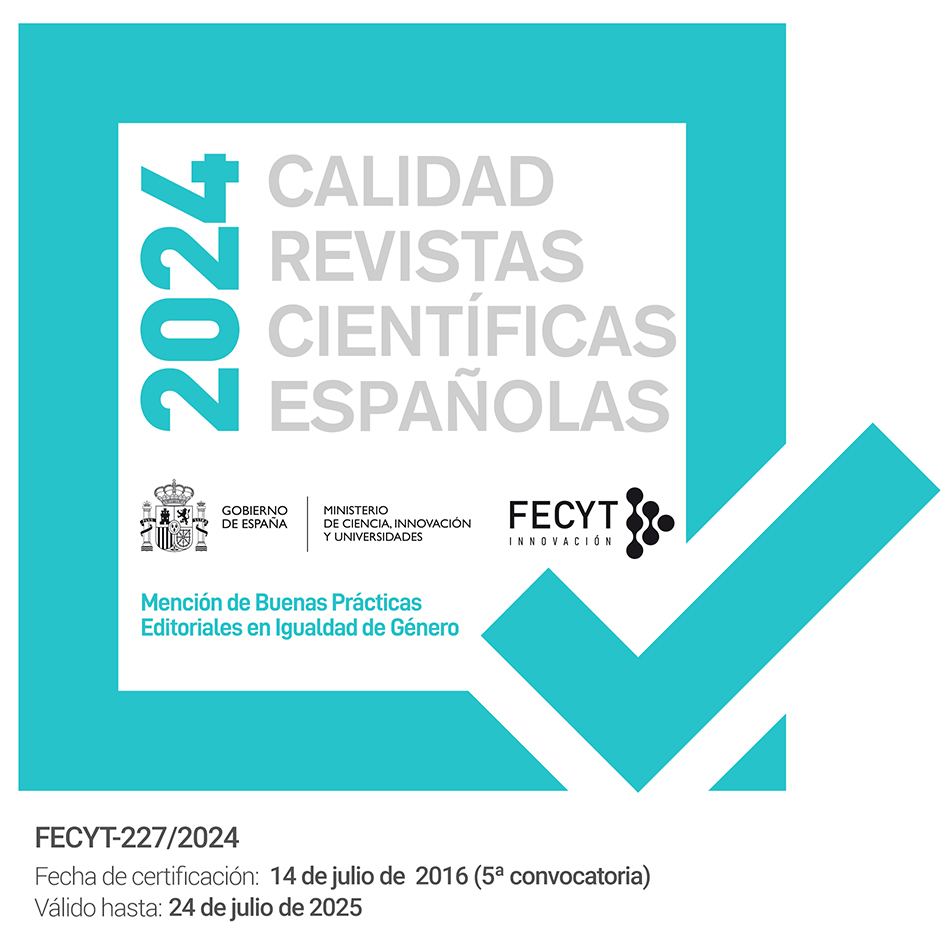Métodos para medir la adherencia terapeútica
Palabras clave:
adherencia al tratamiento, métodos de evaluación, medida.Resumen
Objetivos: Describir cuáles son los principales métodos para medir la adherencia terapéutica de los pacientes y determinar los más idóneos para ser utilizados en la práctica clínica diaria de la Farmacia Comunitaria.
Métodos: Se realizó una búsqueda no sistemática de los artículos de investigación más importantes publicados sobre el tema en la base de datos National Library of Medicine, Washington, DC (MEDLINE: PubMed).
Resultados: Los métodos para medir la adherencia terapéutica pueden dividirse en métodos directos o indirectos. Dentro de los métodos directos están la determinación de la concentración del fármaco o su metabolito en una muestra biológica y la terapia directamente observada. Los métodos indirectos pueden ser basados en la entrevista clínica al paciente (incluye la utilización de cuestionarios), en el recuento de medicación sobrante, en el empleo de dispositivos electrónicos o en el análisis de los registros de dispensación. El empleo de cuestionarios para determinar la adherencia autocomunicada por el propio paciente es un método muy útil en la práctica clínica diaria, sencillo y barato. Entre la multitud de cuestionarios existentes, la elección de uno frente a otros se basará en la patología que sufre el paciente y en la información que se quiera analizar (comportamiento del paciente, barreras o creencias acerca de la adherencia terapéutica).
Conclusiones: Existen múltiples y diferentes métodos para medir la adherencia terapéutica. No hay ningún método óptimo por lo que se recomienda la combinación de varias técnicas. Las opciones más factibles para su empleo durante la práctica clínica diaria de la Farmacia Comunitaria son la utilización de cuestionarios administrados por el propio paciente y el análisis del registro de dispensaciones.
Descargas
Citas
Sabaté E. Adherence to long-term therapies: evidence for action. Switzerland: World Health Organisation; 2003.
Osterberg L, Blaschke T. Adherence to medication. N Engl J Med. 2005 Aug 4;353(5):487–97.
Farmer KC. Methods for measuring and monitoring medication regimen adherence in clinical trials and clinical practice. Clin Ther. 1999 Jun;21(6):1074–90.
Karumbi J, Garner P. Directly observed therapy for treating tuberculosis. In: Karumbi J, editor. Cochrane Database of Systematic Reviews. Chichester, UK: John Wiley & Sons, Ltd; 2015. p. CD003343.
Feinstein AR. On white-coat effects and the electronic monitoring of compliance. Arch Intern Med. 1990 Jul;150(7):1377-8.
Nguyen T, La Caze A, Cottrell N. What are validated self-report adherence scales really measuring?: a systematic review. Br J Clin Pharmacol. 2014 Mar;77(3):427-45.
González-Bueno J, Calvo-Cidoncha E, Sevilla-Sánchez D, Espaulella-Panicot J, Codina-Jané C, Santos-Ramos B. Traducción y adaptación transcultural al español del cuestionario ARMS para la medida de la adherencia en pacientes pluripatológicos. Atención Primaria [Internet]. 2017 Oct [cited 2018 Feb 26];49(8):459-64. Available from: http://www.ncbi.nlm.nih.gov/pubmed/28390732
Horne R, Weinman J, Hankins M. The Beliefs about Medicines Questionnaire: the development and evaluation of a new method for assessing the cognitive representation of medication. Psychol Heal. 1999;14:1-24.
Svarstad BL, Chewning BA, Sleath BL, Claesson C. The Brief Medication Questionnaire: a tool for screening patient adherence and barriers to adherence. Patient Educ Couns. 1999 Jun;37(2):113-24.
Hogan TP, Awad AG, Eastwood R. A self-report scale predictive of drug compliance in schizophrenics: reliability and discriminative validity. Psychol Med. 1983 Feb;13(1):177-83.
De las Cuevas C, Peñate W. Psychometric properties of the eight-item Morisky Medication Adherence Scale (MMAS-8) in a psychiatric outpatient setting. Int J Clin Heal Psychol. 2015;15(2):121-9.
Thompson K, Kulkarni J, Sergejew AA. Reliability and validity of a new Medication Adherence Rating Scale (MARS) for the psychoses. Schizophr Res. 2000 May 5;42(3):241-7.
Fialko L, Garety PA, Kuipers E, Dunn G, Bebbington PE, Fowler D, et al. A large-scale validation study of the Medication Adherence Rating Scale (MARS). Schizophr Res. 2008;100(1–3):53-9.
Morisky DE, Green LW, Levine DM. Concurrent and predictive validity of a self-reported measure of medication adherence. Med Care. 1986 Jan;24(1):67-74.
Val Jiménez A, Amorós Ballestero G, Martínez Visa P, Fernández Ferré ML, León Sanromà M. [Descriptive study of patient compliance in pharmacologic antihypertensive treatment and validation of the Morisky and Green test]. Aten primaria. 1992 Oct 1;10(5):767-70.
Morisky DE, Ang A, Krousel-Wood M, Ward HJ. Predictive validity of a medication adherence measure in an outpatient setting. J Clin Hypertens (Greenwich). 2008 May;10(5):348-54.
Culig J, Leppée M. From Morisky to Hill-bone; self-reports scales for measuring adherence to medication. Coll Antropol. 2014;38:55-62.
Tan X, Patel I, Chang J. Review of the four item Morisky Medication Adherence Scale (MMAS-4) and eight item Morisky Medication Adherence Scale (MMAS-8). Innov Pharm. 2014;5(3):165.
Pérez-Escamilla B, Franco-Trigo L, Moullin JC, Martinez-Martinez F, Garcia-Corpas JP. Identification of validated questionnaires to measure adherence to pharmacological antihypertensive treatments. Patient Prefer Adherence. 2015 Apr;9:569.
Knobel H, Alonso J, Casado JL, Collazos J, González J, Ruiz I, et al. Validation of a simplified medication adherence questionnaire in a large cohort of HIV-infected patients: the GEEMA Study. AIDS. 2002 Mar 8;16(4):605-13.
Ahmed I, Ahmad NS, Ali S, Ali S, George A, Saleem Danish H, Uppal E et al. Medication Adherence Apps: Review and Content Analysis. JMIR Mhealth Uhealth. 2018 Mar 16;6(3):e62. DOI: 10.2196/mhealth.6432.
Steiner JF, Prochazka A V. The assessment of refill compliance using pharmacy records: methods, validity, and applications. J Clin Epidemiol. 1997 Jan;50(1):105-16.
Faus-Dáder MJ, Amariles-Muñoz P, Martinez-Martinez F, et al. Atención farmacéutica servicios farmacéuticos orientados al paciente. Armilla: Avicam; 2018.
Sexto comunicado Foro AF-FC: Servicios Profesionales Farmacéuticos Asistenciales: definición y clasificación. Panorama Actual del Medicamento 2016;40(395):409-711.
Kim MT, Hill MN, Bone LR, Levine DM. Development and testing of the Hill-Bone Compliance to High Blood Pressure Therapy Scale. Prog Cardiovasc Nurs. 2000;15(3):90-6.
Publicado
Cómo citar
Número
Sección
Licencia
Derechos de autor 2018 Neus Pagès-Puigdemont, M Isabel Valverde-Merino

Esta obra está bajo una licencia internacional Creative Commons Atribución-NoComercial-CompartirIgual 4.0.
Los artículos que se publican en esta revista están sujetos a los siguientes términos en relación a los derechos patrimoniales o de explotación:
- Los autores/as conservarán sus derechos de autor y garantizarán a la revista el derecho de primera publicación de su obra, la cual se distribuirá con una licencia Creative Commons BY-NC-SA 4.0 que permite a terceros reutilizar la obra siempre que se indique su autor, se cite la fuente original y no se haga un uso comercial de la misma.
- Los autores/as podrán adoptar otros acuerdos de licencia no exclusiva de distribución de la versión de la obra publicada (p. ej.: depositarla en un archivo telemático institucional o publicarla en un volumen monográfico) siempre que se indique la fuente original de su publicación.
- Se permite y recomienda a los autores/as difundir su obra a través de Internet (p. ej.: en repositorios institucionales o en su página web) antes y durante el proceso de envío, lo cual puede producir intercambios interesantes y aumentar las citas de la obra publicada. (Véase El efecto del acceso abierto).




















